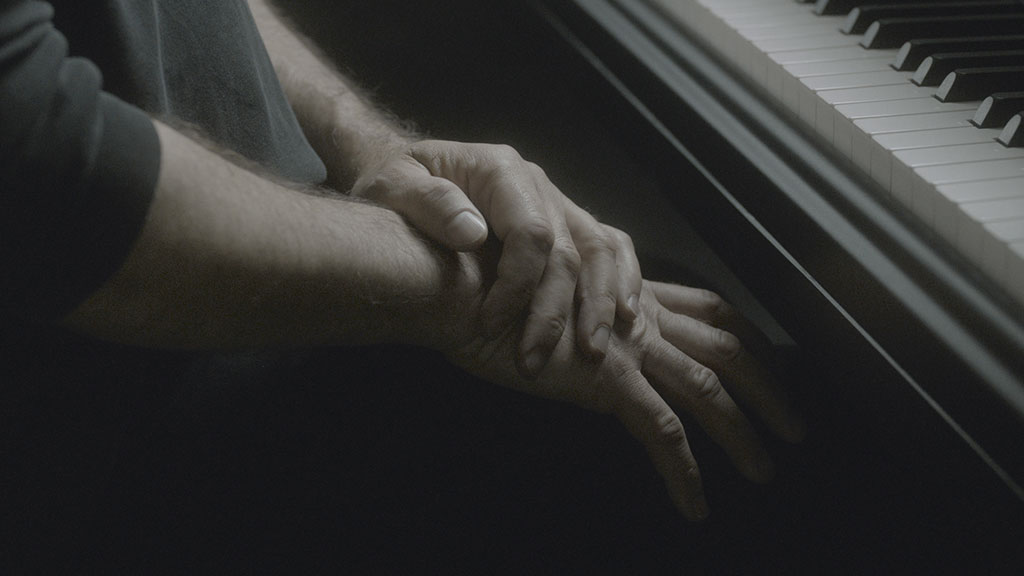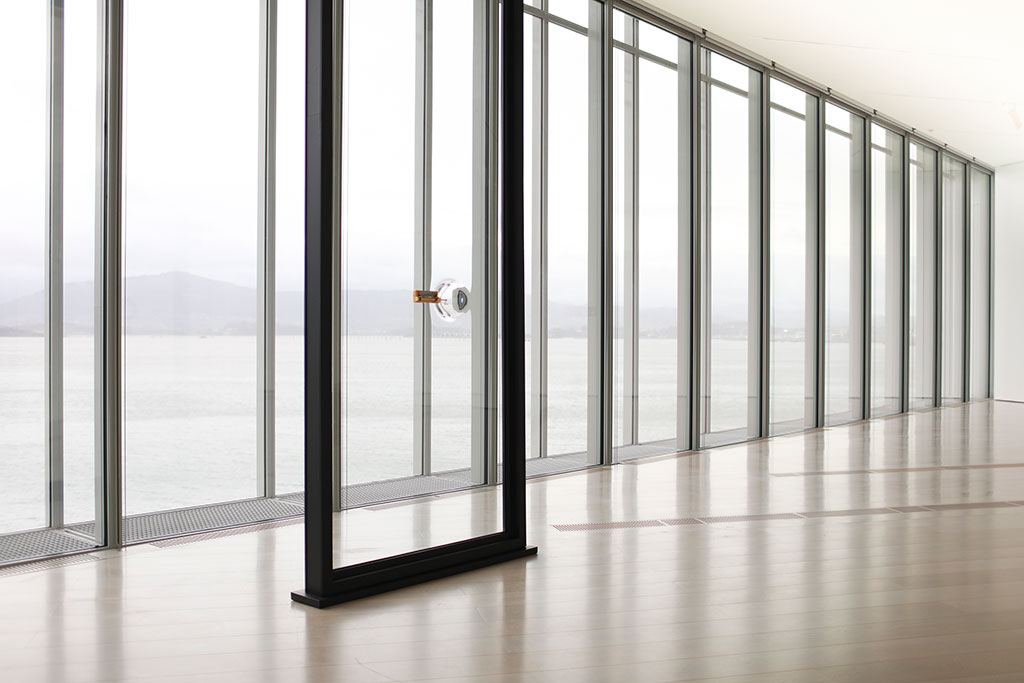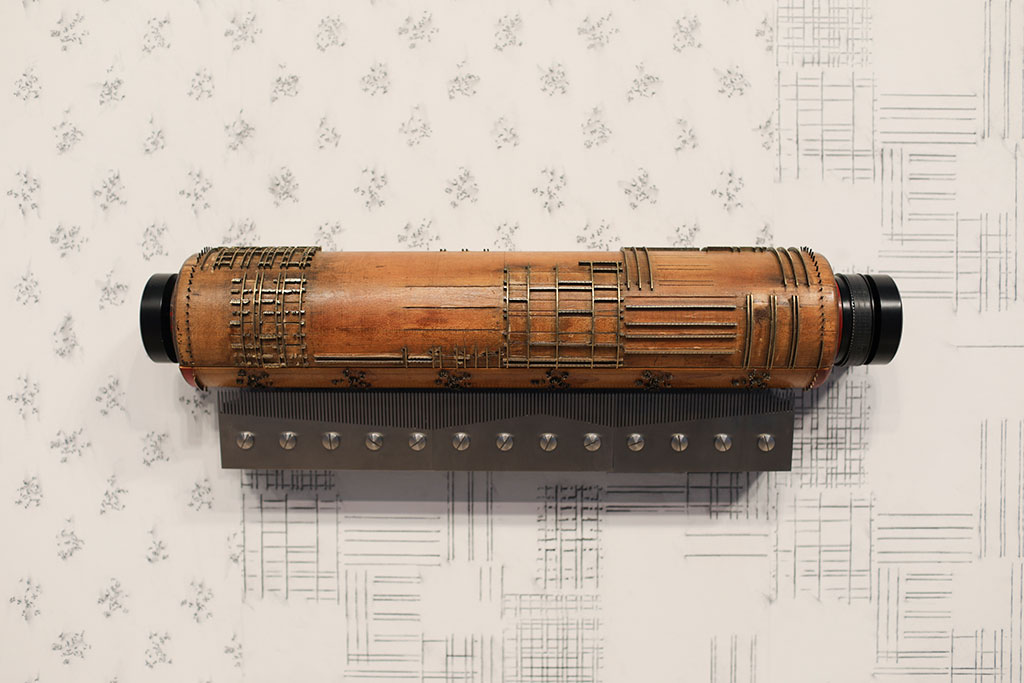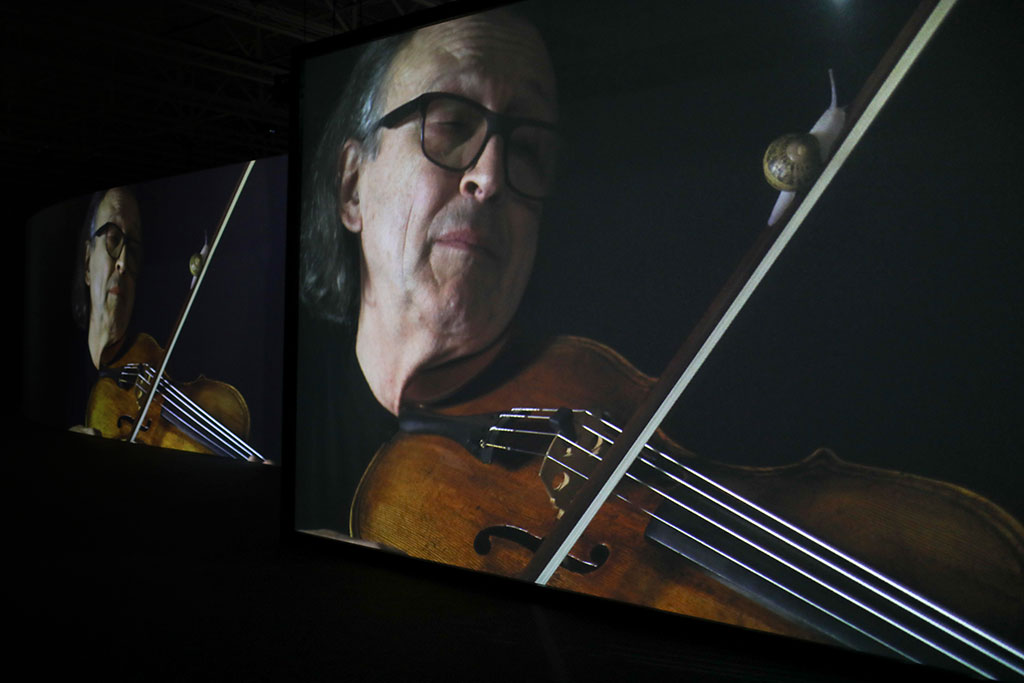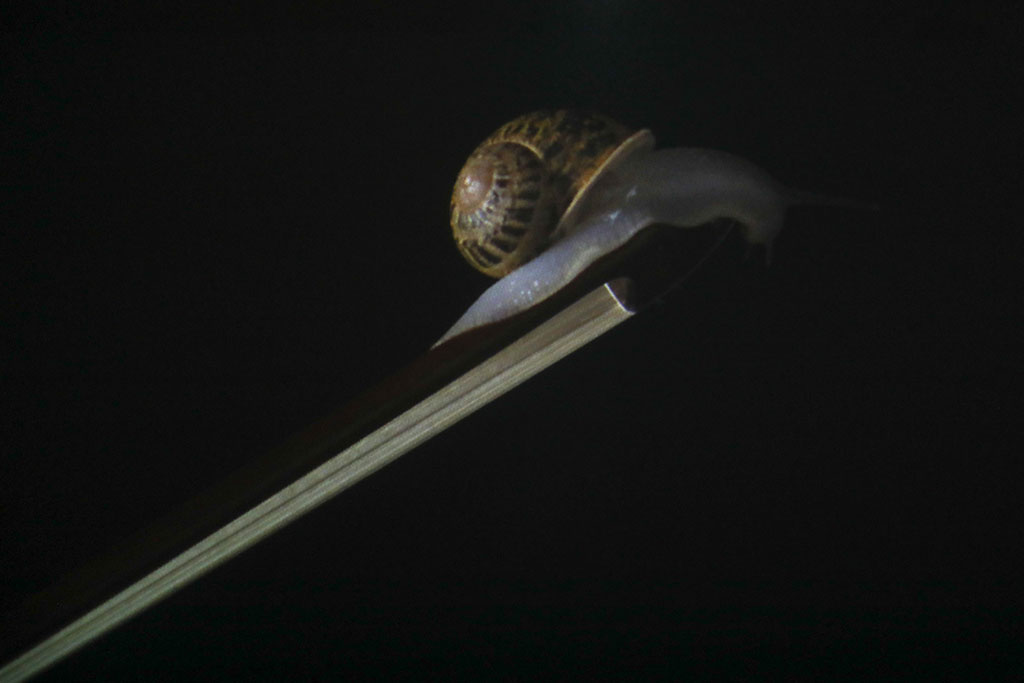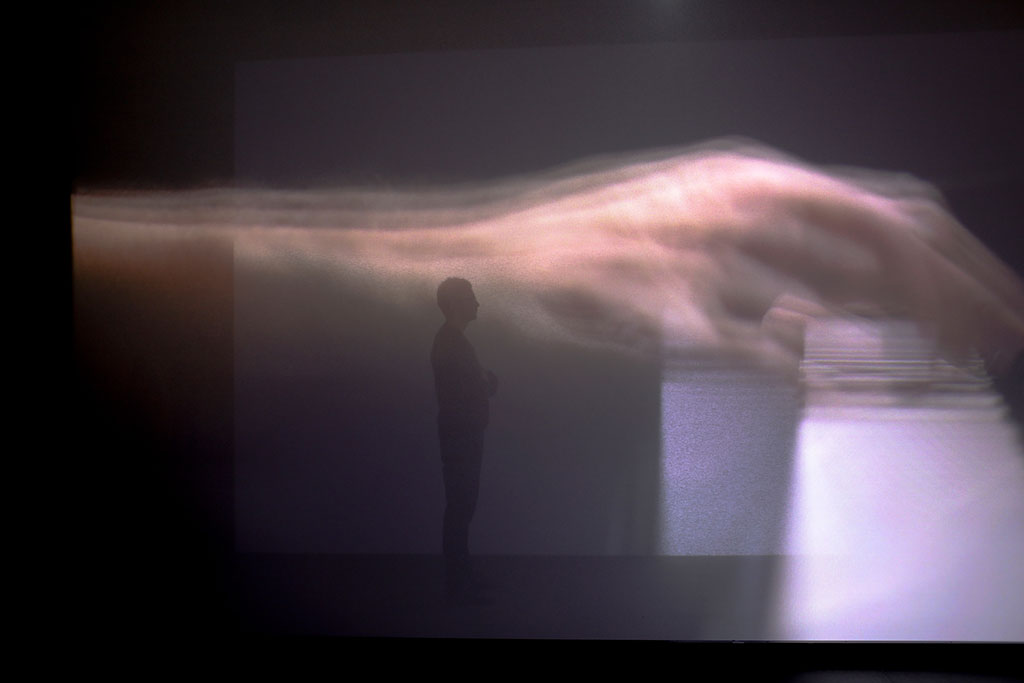ART-PRESENTATION:Anri Sala-AS YOU GO (Châteaux en Espagne)
 Anri Sala constructs transformative, time-based works through multiple relationships between image, architecture, and sound, employing these as elements to fold, capsize, and question experience. His works investigate ruptures in language, syntax, and music, inviting creative dislocations which generate new interpretations of history, supplanting old fictions and narratives with less-explicit, more-nuanced dialogues.
Anri Sala constructs transformative, time-based works through multiple relationships between image, architecture, and sound, employing these as elements to fold, capsize, and question experience. His works investigate ruptures in language, syntax, and music, inviting creative dislocations which generate new interpretations of history, supplanting old fictions and narratives with less-explicit, more-nuanced dialogues.
By Efi Michalarou
Photo: Centro Botín Archive
Anri Sala’s exhibition “AS YOU GO (Châteaux en Espagne)” at Centro Botín consists of three monumental installations occupying the entire second floor gallery, which reflect Sala’s enduring interest in the interplay between moving images, music, and architectural space. The first phrase in the title chosen by Anri Sala for this new exhibition “AS YOU GO”, implies the idea of movement: that of a time-based work, informed by music and moving images; and that one of the visitors, who Sala implicitly encourages to keep moving and hence partake in the making of their own individual experience of an exhibition that bears a certain resemblance to a performative stage. In many Western languages, the expression “building castles in the air” refers to making unrealistic plans. The French, however, talk about building castles in Spain, using the expression “construire des châteaux en Espagne.” This phrase caught Sala’s attention and he thought it quite appropriate to include this as part of the exhibition title. Indeed, a new exhibition is always the occasion for an artist to explore new formal territories. While the prospect may be quite exciting, it may also prove daunting: experimentation is risky, and staging a complex project is always open to an almost magical component. Meanwhile, for a visitor, delving into the new work of an artist can be equally challenging. In fact, one could think of the encounter of the artist’s proposal and the visitor’s perception as something almost improbable… The action imagined by Sala takes place in three different stages. The first, which gives its title to the exhibition, consists of a set of itinerant video projections of cinematic proportions. Here, he posits a new way of looking at moving images: three pairs of videos, all related to the interpretation of music, glide over a 30-metre two-sided screen whose shape alludes directly to the one of the building. Sala has choreographed the left-to-right movement of the moving images, using blank intervals to create a specific visual rhythm, as well as two translucent screens placed beside the main screen, one on each side. This creates a sensation of double vision, enabling visitors to be surrounded by the image as they walk in-between the two screens. Going south, one enters a gallery where the main protagonist is the bay of Santander. Here Sala has installed “No Window No Cry (Renzo Piano & Richard Rodgers, Centre Pompidou, Paris)”, a fragment of the famous Parisian museum where he presented his work in 2012. The displaced window enables him to stage the view as if it were his work. In that sense, he revisits the Veduta, a classic genre in art history, ongoing since the sixteenth century. The structure of this work – a small window with the same proportions than each unit that forms the monumental bay window – also echoes the one of AS YOU GO (Châteaux en Espagne), while the space between the work of art and the bay window evokes the blank intervals in that piece. The third act takes place in the gallery placed exactly at the opposite end of the space. It features an anti-veduta of sorts: “All of a Tremble (Encounter 1)”, a wall whose surface is covered with wallpaper, bars the view onto the city. The hand-drawn patterns of the wallpaper seem to have been printed by the machine affixed to the wall. One cannot tell whether the machine is actually printing the wall, or performing a strange, somewhat repetitive musical score. Upon closer examination, one realizes the machine stands still, and two half-cylinders once used to print wallpaper form a roller that activates specially designed pins, transforming the patterns into a tune.
Info: Curator: Benjamin Weil, Centro Botín, Muelle de Albareda s/n, Jardines de Pereda, Santander, Spain, Duration: 14/12/19-13/9/20, Days & Hours: Tue-Sun 10:00-14:00 & 17:00-21:00, www.centrobotin.org
